Equipment
Bridgestone’s 2013 E5, E6 and E7 golf balls
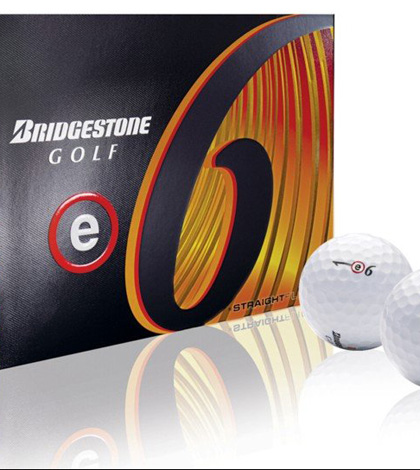
At $26.99 per dozen, Bridgestone’s new E Series golf balls for 2013 won’t provide the same amount of spin and trajectory control as the company’s more expensive tour-caliber golf balls, but for some golfers that could be a good thing. Thanks to swing-speed specific constructions and aerodynamics, the E Series balls will actually help certain golfers hit their shots farther and straighter than they would with tour models.
All golf balls are made to come off the driver with maximum speed, but different balls are created with different materials and constructions that change launch angle and spin. As a general rule, golfers with less swing speed need more spin off their driver to maximize carry distance. Golfers with faster swing speeds and those who struggle with slices and hooks need a golf ball that spins less off the driver.
Bridgestone E5
Target: Golfers with a swing speed around 90 mph.
Construction: To make up for these golfer’s slower swing speeds, which is about 15 to 20 mph less than most PGA Tour players, the E5 is made to spin more off the driver than tour-quality golf balls to help golfers with slower swing speeds hit their drives farther.
“If you’re playing a tour-quality golf ball with a 90 mph swing speed, you’re sacrificing a significant amount of carry distance because the ball is not staying in the air long enough,” said Corey Consuegra, Bridgestone’s golf ball marketing manager.
While the E5 is a two-piece golf ball, it features a urethane cover, a trademark of higher-priced, multi-layer golf balls. Not only does the urethane cover help the E5 spin like higher-priced golf balls around the green — it adds much needed spin with the driver as well.
The E5 also lacks the spin-reducing middle layer featured on the E6 and E7 models, which will give golfers a higher launch and more spin with their woods, hybrids, irons and wedges than the other balls in the line.
Aerodynamics: As with all the 2013 E Series golf balls, the E5 features Bridgestone’s new 226-dimple pattern. It has four less dimples than the previous pattern, which allows the surface coverage to be expanded by 2.5 percent. The E5’s dimples are also shallower than those on the 2011 E5, which gives the ball a higher trajectory for longer carry distances.
Bridgestone E6
Target: Golfers who hook and slice the ball.
Construction: The E6 is Bridgestone’s “spin killer,” which helps golfers who slice and hook the ball reduce spin to hit it farther and straighter. That’s why each of the golf’s balls three layers was designed to help golfers lower the spin on their shots with every club in the bag.
As a general rule, lower compression almost always equates to less spin off the tee. That’s why the E6 has a compression around 50, more than 20 points lower than the compression of the E5, which Consuegra said makes it the softest multi-layer golf ball on the market. While the ball’s surlyn cover won’t spin as much around the greens as the E5’s urethane cover, it is 3 percent softer than the cover on the 2011 model, which gives it a little more check around the greens.
Aerodynamics: The E6’s dimples are deeper than previous models for a lower, straighter trajectory that will be less prone to hook or slice.
Bridgestone E7
Target: Golfers with swing speeds around 100 mph who hit the ball fairly straight.
Construction: The E7 has the firmest compression of all the E Series golf balls – around 75. This gives the E7 a lower trajectory than the lower compression E5 and E6 golf balls.
Golfers with a swing speed around 100 mph who struggle with control might choose Bridgestone’s E6 for its straightness off the tee. However, golfers with swing speeds in that range who hit the ball fairly straight will get more distance with their driver with the E7 because of its firmer core, which was tweaked to be firmer than the 2011 version.
Like the E6, the E7 has a surlyn cover, which means it won’t spin as much on wedge shots as the E5 or other urethane-covered balls.
Aerodynamics: The E7 has four percent shallower dimples than the previous model to push the flight higher.
- LIKE36
- LEGIT5
- WOW5
- LOL6
- IDHT5
- FLOP2
- OB1
- SHANK1
Whats in the Bag
Collin Morikawa WITB 2024 (July)

Driver: TaylorMade Qi10 LS (9 degrees)
Shaft: Mitsubishi Diamana D+ Limited 60 TX (45 inches)
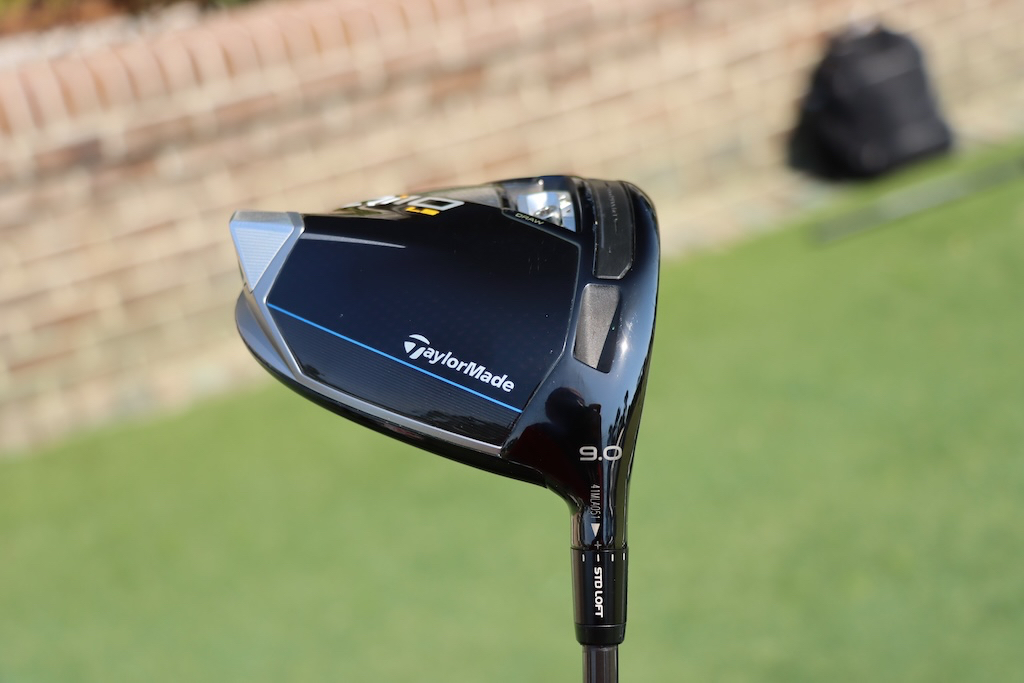
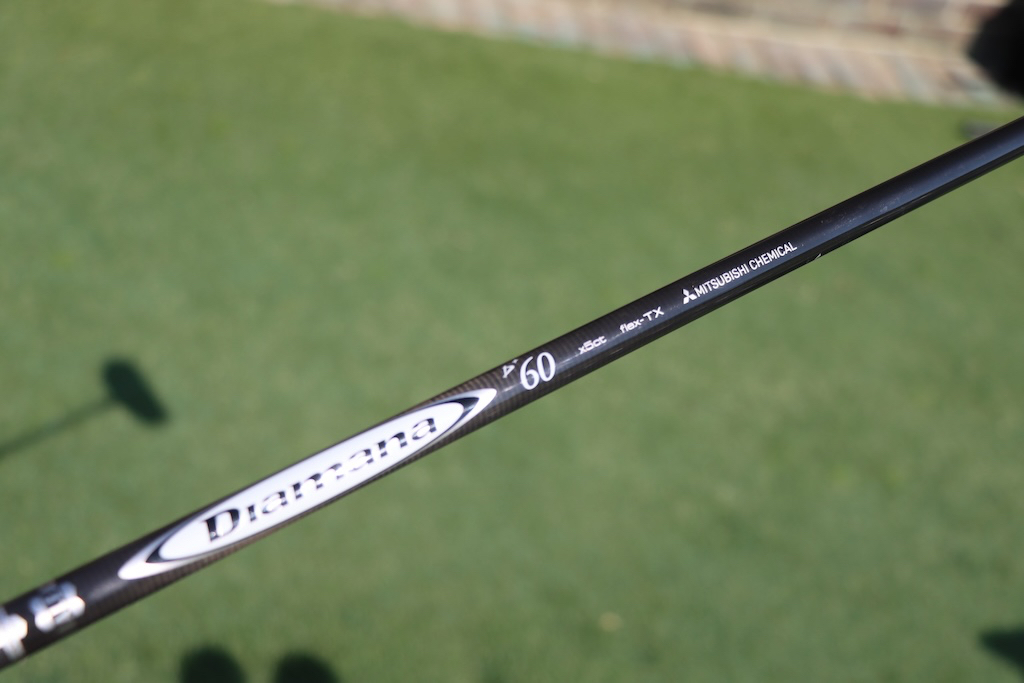
3-wood: TaylorMade SIM TI (14 degrees)
Shaft: Mitsubishi Diamana D+ Limited 80 TX
5-wood: TaylorMade Qi10 (18 degrees)
Shaft: Mitsubishi Diamana D+ Limited 80 TX
Irons: TaylorMade P-Series Proto (4), P7CB (5-PW)
Shafts: True Temper Dynamic Gold Tour Issue Mid 115 X100 (4), True Temper Dynamic Gold Tour Issue X100 (5-PW)
Wedges: TaylorMade MG4 (50-SB09, 56-LB08), TaylorMade MG4 TW (60-SBC)
Shafts: True Temper Dynamic Gold Tour Issue S400
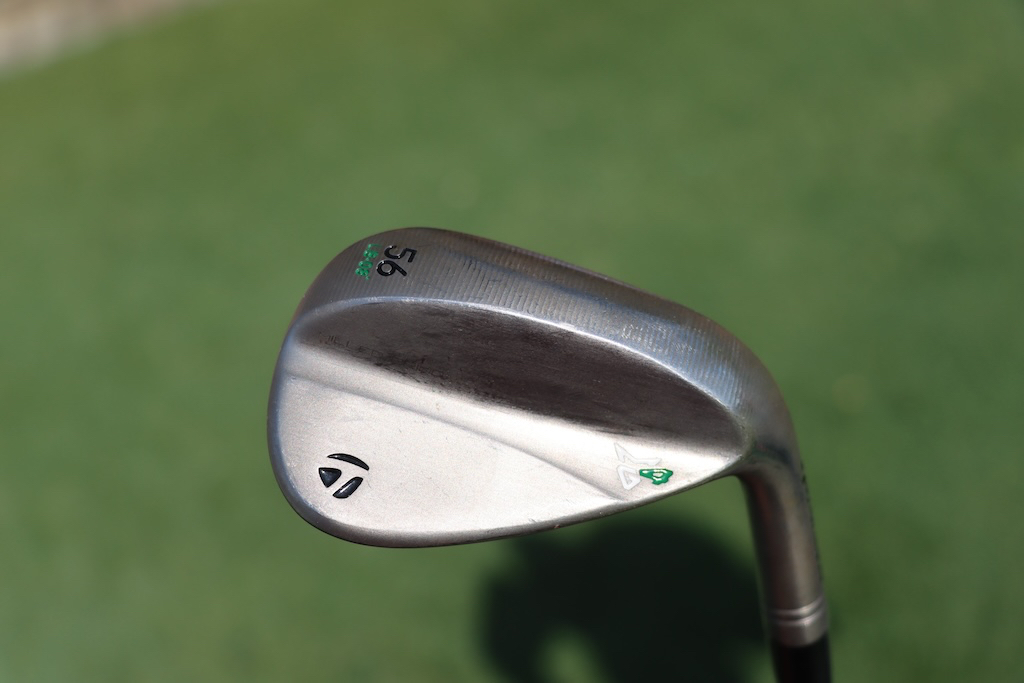
Putter: TaylorMade TP Soto
Grip: SuperStroke Zenergy Tour 2.0
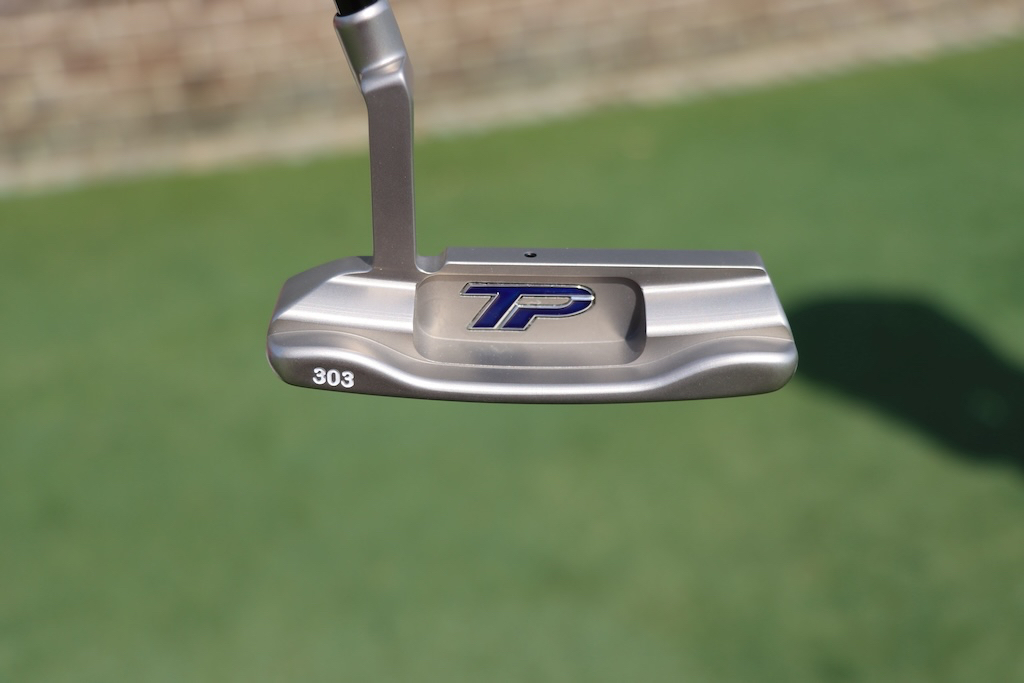
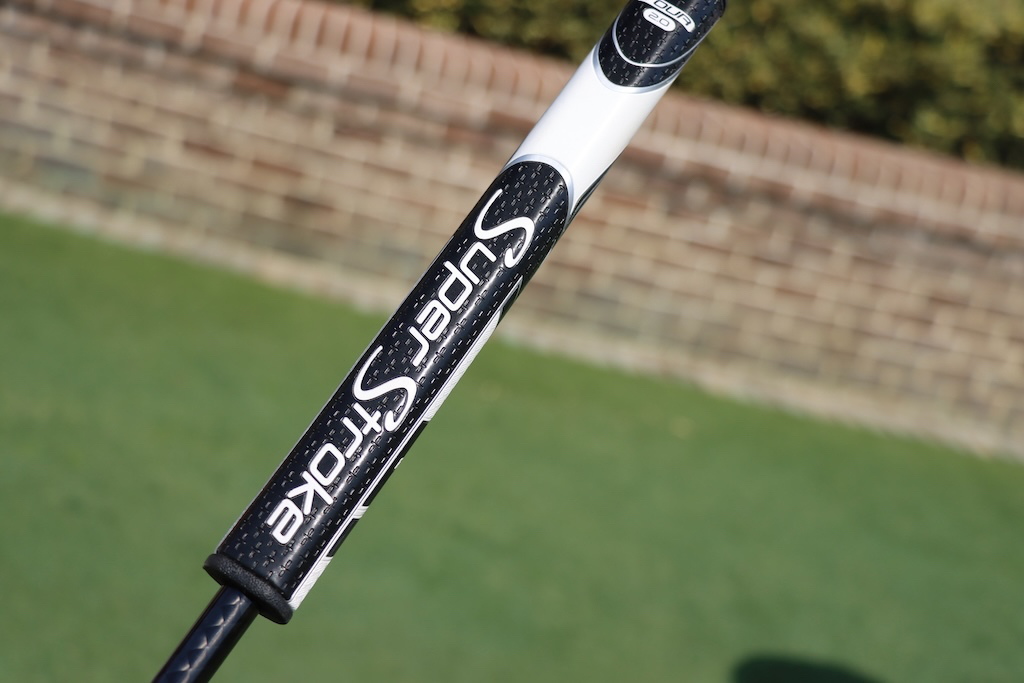
Grips: Golf Pride Z-Grip Cord
Ball: TaylorMade TP5x
- LIKE1
- LEGIT0
- WOW0
- LOL0
- IDHT0
- FLOP0
- OB0
- SHANK0
Whats in the Bag
Wyndham Clark WITB 2024 (July)

- Wyndham Clark what’s in the bag accurate as of the AT&T Pebble Beach Pro-Am.
Driver: Titleist GT3 (10 degrees)
Shaft: Project X HZRDUS Smoke Green 60 6.5 TX
3-wood: TaylorMade Qi10 (15 degrees)
Shaft: Project X HZRDUS Smoke Black RDX 80 TX
Irons: Mizuno Pro Fli-Hi, Titleist 620 CB (4-9)
Shafts: Mitsubishi Tensei AV Raw White 100HY X (3), True Temper Dynamic Gold X7 (4-9)
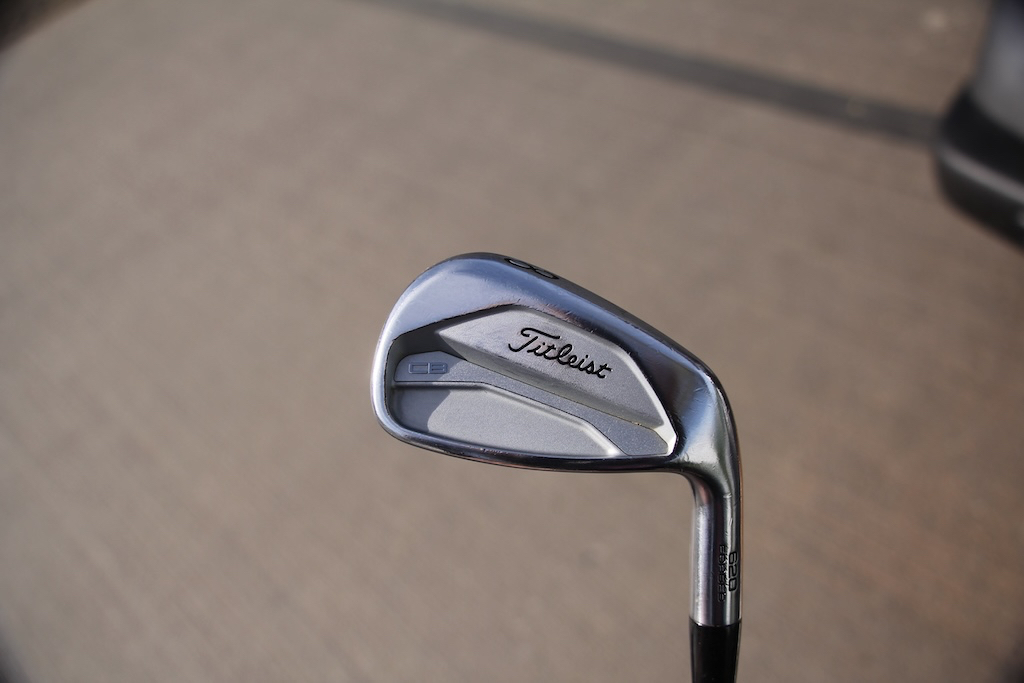
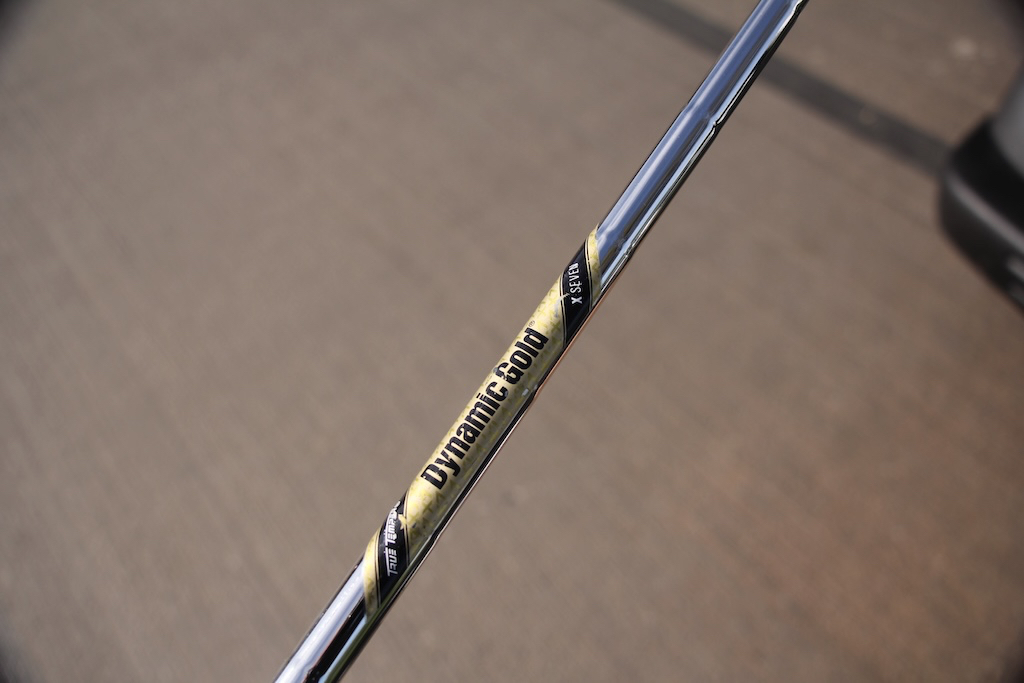
Wedges: Titleist Vokey Design SM10 (P, G, S), Vokey Design WedgeWorks (60-A)
Shafts: True Temper Dynamic Gold Tour Issue S400
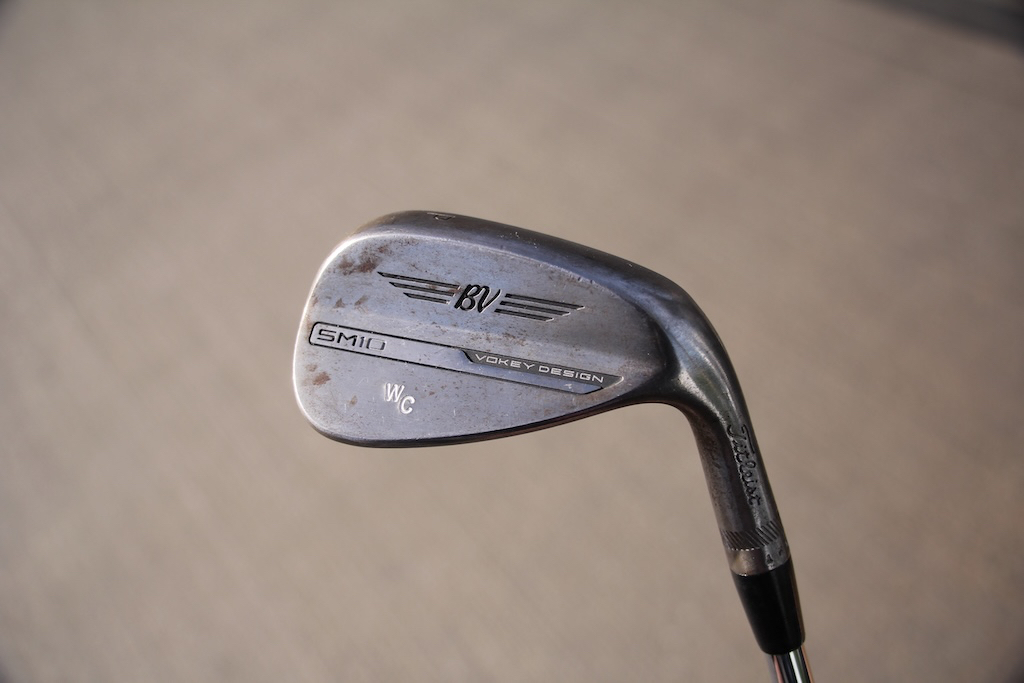
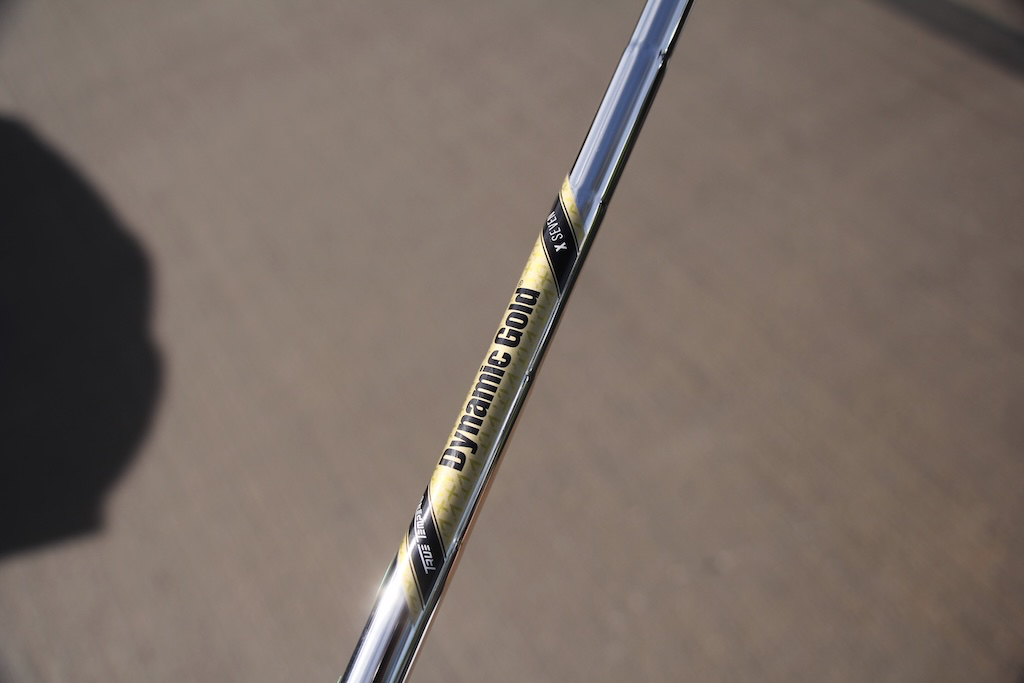

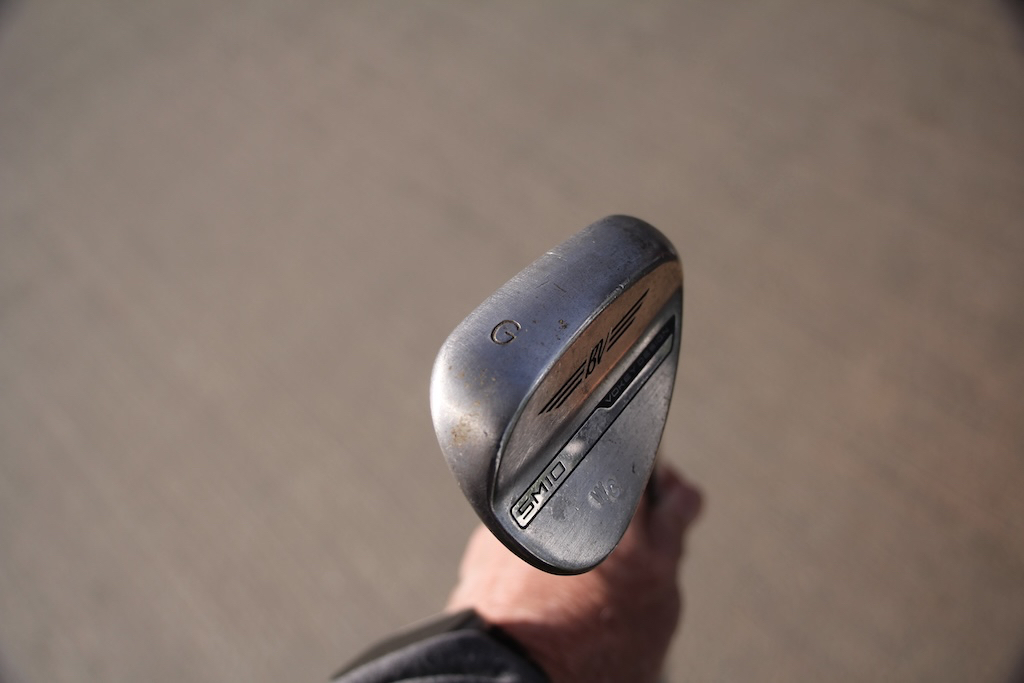

Putter: Odyssey AI-One Jailbird
Grip: SuperStroke Zenergy
Grips: Golf Pride Tour Velvet Cord
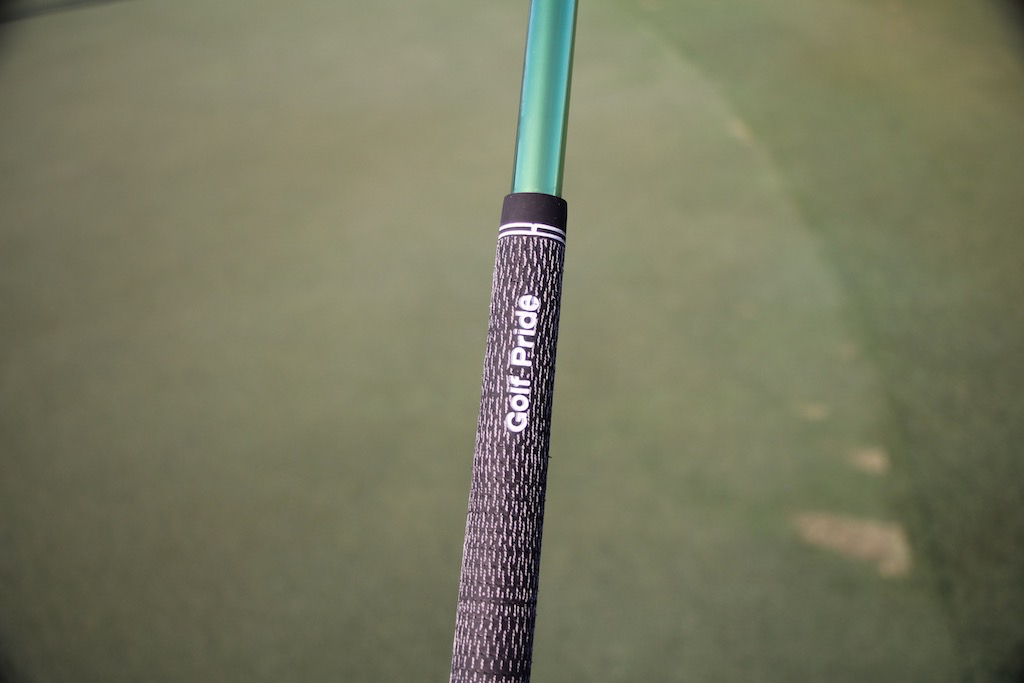
Ball: Titleist Pro V1x
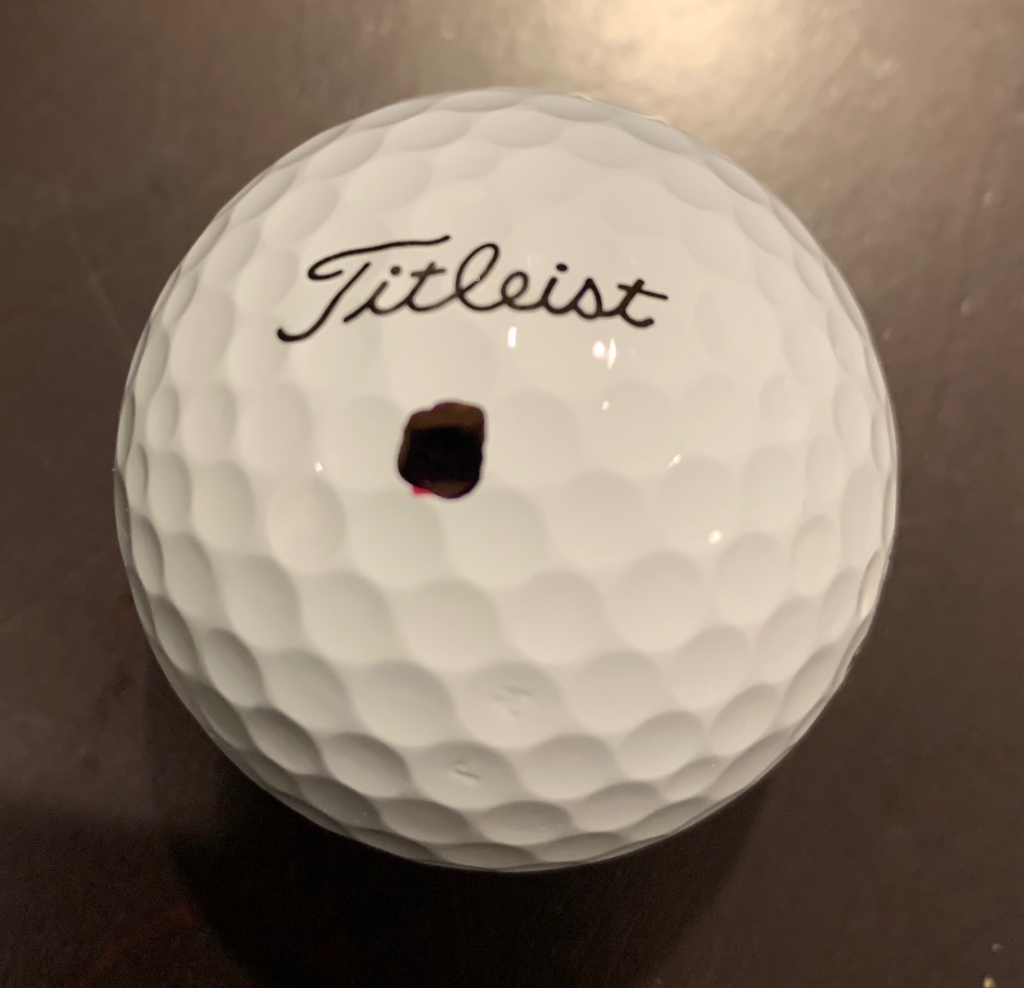
More photos of Wyndham Clark’s WITB in the forums.
- LIKE0
- LEGIT0
- WOW0
- LOL0
- IDHT0
- FLOP0
- OB0
- SHANK0
Product Reviews
Fujikura 2024 Ventus Black, Ventus Red review – Club Junkie Reviews

About the 2024 Ventus: Fujikura has big shoes to fill with the 2024 Ventus shaft lineup as the previous shafts were deemed iconic by most. VeloCore Plus is the technology that will set the new Ventus lineup apart and we saw its debut earlier this year in the 2024 Ventus Blue shaft.
Now it is Ventus Black and Ventus Red’s turn with VeloCore Plus to round out the lineup. VeloCore Plus is the shafts bias core that is made up of different layers, and types, of carbon fiber sheets. This core is built around stability of the club head to ensure it can help deliver center contact more often while adding ball speed. The 2024 Ventus line is now complete with Red for mid/high launch, Blue for players seeking mid-launch, and Black for low launch.

Look & Feel
Out of the box, the Ventus Black and Red match their Blue sibling with a new matte finish to their paint. Black has a simple matte black finish that almost looks charcoal grey in the sunlight. Red is a little more of a drastic change with a deeper hue. I would consider the new Ventus Red’s paint a maroon color that has some nice depth with the matte finish. Out in the sunlight, both shafts look great and don’t transmit any glare from the sun. The classic Ventus graphics are present up near the grip and the Ventus text is now a silver outline near the center. While everything seems new with the 2024 Ventus line, they are easily identified as Ventus shafts.

Feel is such a subjective thing to describe, but both of the new Ventus shafts have good feel to them. For me, the new Black and Red shafts have a slightly stouter feel to them through the swing. The Ventus Black is definitely a stiff profile that is designed for players with speed that takes a little more power to load. The great thing about Ventus Black is that you can get the low spin and launch you need without having a harsh feel and lots of vibration. At impact, you get a little less “kick” as your hands get to impact than the previous Ventus Black. Black will also feel a touch harder to turn over, taking away that feeling of losing it left.

Ventus Red has a softer and more active feel to it than Ventus Black. The handle section feels very stiff and stable while the mid and tip sections allow you to feel the flex of that shaft throughout the swing. As you start your downswing, you can feel Red flex lower down the shaft compared to Black. The softer tip section makes the shaft feel like it really is releasing energy at the point of impact and Red is a little easier to square up and hit a draw with.
Performance
I think we can all agree that the Ventus shafts released in 2018 performed exceptionally well. This new 2024 lineup leans on VelCore Plus to do even better. Ventus Black sticks to its roots as a low launch and low spin shaft. It keeps spin down no matter where you hit it on the face of the club. Typically a low heel shot ramps up the spin number but Ventus Black kept that, and other shots, spin down. Looking at launch monitor numbers, I never had a shot hit 3,000 rpm of spin, while there were a few under 2,000. Launch was also lower than Red both on the monitor as well as just looking at the window of the shot. A flat penetrating flight is what Ventus Black produced shot after shot. The starting line of my shots with Ventus Black were also a little more right of Red. Stability is key with the Black and swinging hard won’t cause the shaft to get loose and create an offline shot.

Ventus Red will offer a higher flight but without adding too much spin. I noticed almost 1.5 degrees more launch but with only around 350rpm more spin. I know people get scared of higher launching shafts, but the new Ventus Red can add some height without adding spin and losing control. While the flight isn’t as penetrating as Ventus Black, Red has not ballooned on me or shown any rise into the wind. The shaft is easier to square up and hit a draw with, but even as a drawer of the ball, I haven’t feared going left with it. For me, Red wasn’t high spinning either with shots averaging just under 2,400rpm for good and poorly struck shots. Shots that didn’t hit the center of the face stayed online well and had less curvature on them than I would have expected.

Final Thought
Fujikura had a tough job to replace the original Ventus, and I think they have done well to make an updated shaft that still shares the core Ventus DNA. You have the same three flight and spin options with a slightly tighter and stiffer feel to them. Performance is top-notch, and I don’t think anyone will be disappointed with the new shafts.
- LIKE0
- LEGIT0
- WOW0
- LOL0
- IDHT0
- FLOP0
- OB0
- SHANK0
-

 Product Reviews1 week ago
Product Reviews1 week agoThree Swing Challenge: Testing the Edel Array F-2 putter
-

 Equipment2 weeks ago
Equipment2 weeks agoWhat clubs do equipment free agents choose to use on tour? We found out
-

 19th Hole3 weeks ago
19th Hole3 weeks ago‘You’re right, we’re always wrong!’ – Sergio Garcia receives warning during Open qualifier
-

 News2 weeks ago
News2 weeks agoHighlights from the Wilson Golf Product Testing and Fitting Experience at Pinehurst
-

 News2 weeks ago
News2 weeks agoDavis Thompson’s winning WITB: 2024 John Deere Classic
-

 Equipment3 weeks ago
Equipment3 weeks agoQ&A: The truth behind Bryson DeChambeau’s new Avoda irons from company founder Thomas Bailey
-

 19th Hole2 weeks ago
19th Hole2 weeks agoMajor champ ‘disappointed’ not to be chosen as U.S. Ryder Cup captain
-

 19th Hole2 weeks ago
19th Hole2 weeks agoLIV pro explains how he believes players are ‘cheating’ on DP World Tour

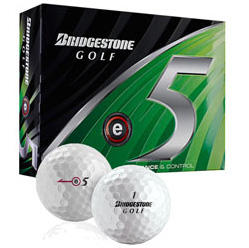
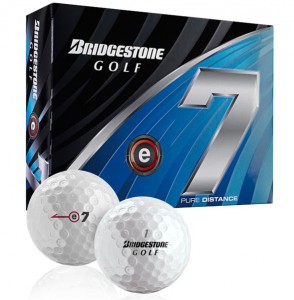


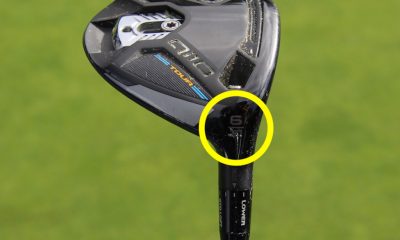

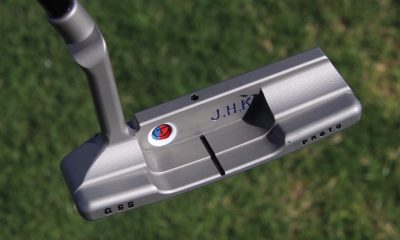



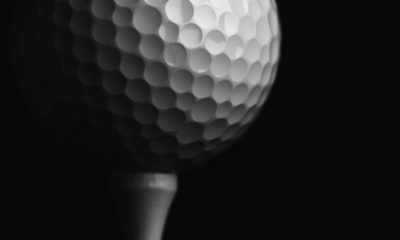

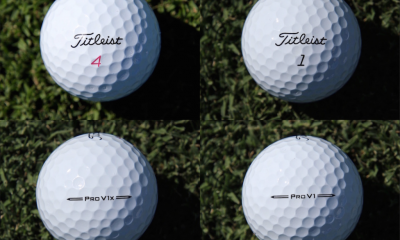

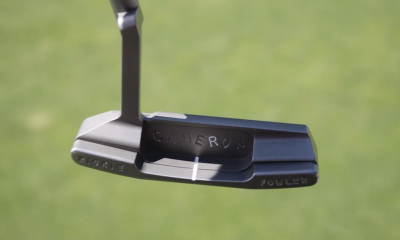

















Pingback: Bridgestone Golf Ball Advertising | 10 Minute Golf
Joe Cool
Jun 7, 2013 at 4:00 pm
I found an e6 in the jungle one day. It was a one-hitter that someone had lost. I put it in play (a friend at work uses these) and it’s a very nice ball, good feel. But for 28 buxabox, I’ll stay with my GAMER
V2’s I’ve been using forever. At 20 a carton, you won’t beatem.
Pingback: Bridgestone's 2013 E5, E6 and E7 golf balls – GolfWRX | Golf Grip Instruction